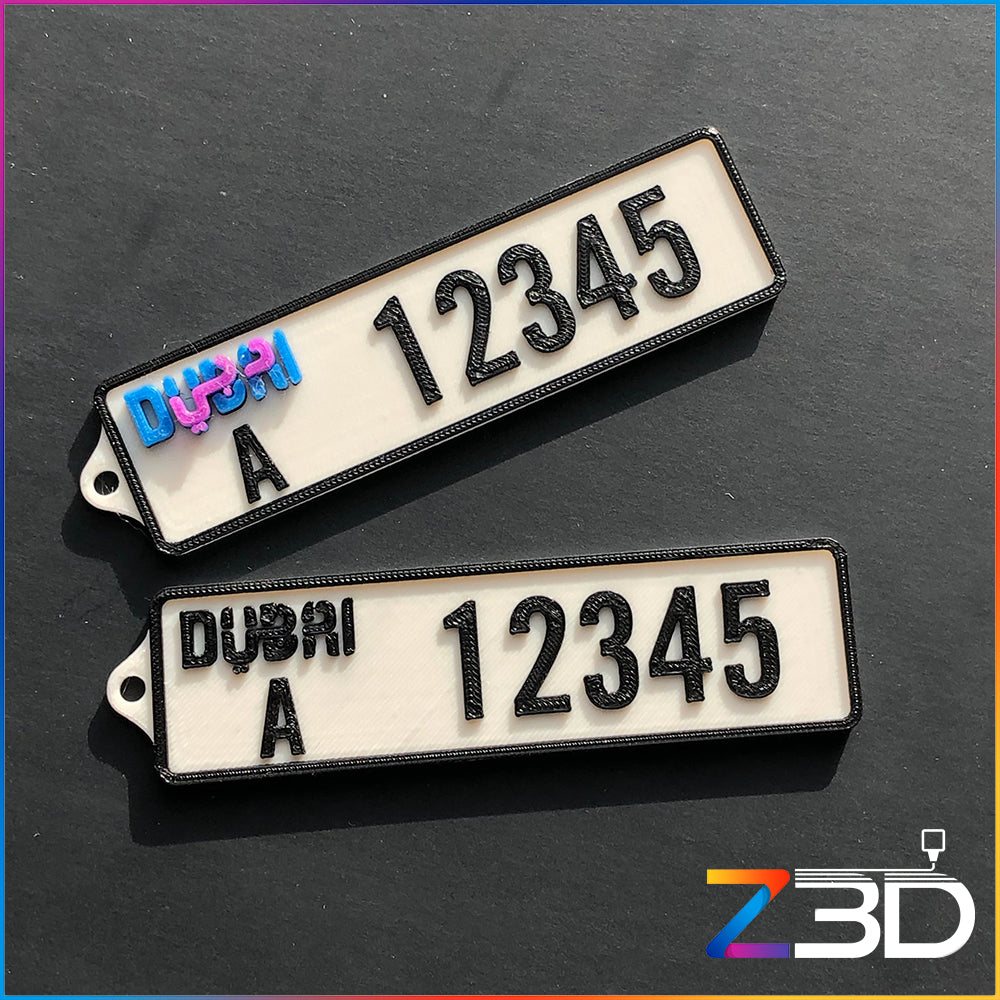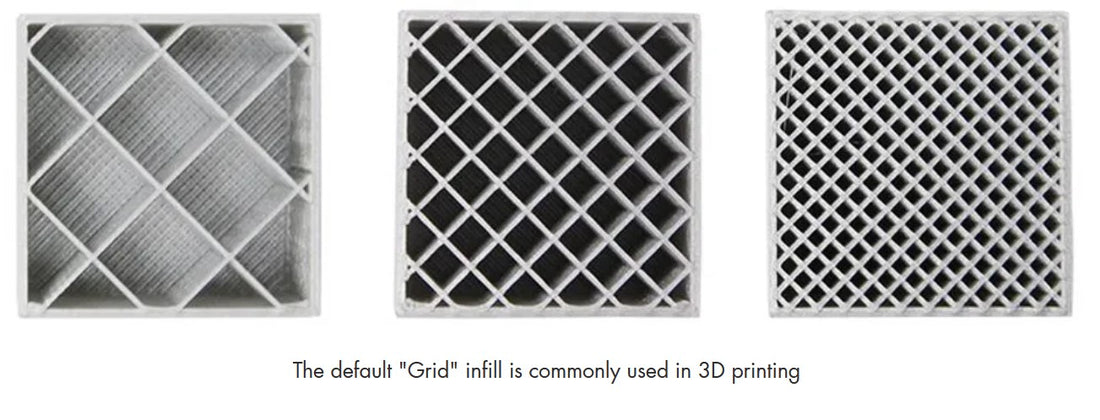A lot...
However, it really depends on the way the 3D print was made as well as the material used. The popular PLA material can handle stress if printed with a high infill percentage. What is infill? It is the amount of plastic deposited in the hollow parts of the print:

Why does infill percentage make a difference in 3D Printing?
Well think of it in this way, if you have a cube that is completely hollow inside, how easy would it be for you to crush it? Well imagine that the cube now has more material deposited in the middle just like the first picture above. It will be a bit harder because stress forces are being dissipated in between the object. The higher infill percentage used, the stronger your item will be.
Added to that, there are dozens of infill patterns that differ in their usage. For example, Grid is common but not as strong as a Honeycomb pattern. However honeycomb can deposit more material and prints slower, which means you have extra cost using that infill.
There are various articles online that can explain when it's best to use the patterns required for your models based on their end-use. Grid can be strong and prints fast, while honeycomb is far more superior but prints slower. Cubic infill is also a relatively newer infill that can disperse forces not only horizontally, but vertically too. It can provide great strength to 3D printed items.

You can make the whole item completely solid, but it comes with some drawbacks.
You can ask why not make the whole model completely solid for the ultimate strength, right? It's only logical that if it's a full solid then it acts like the normal plastics you can find in objects bought from stores. This becomes quite tricky with 3D printing, since the more material deposited in the print, the higher the cost you have for your model.
Moreover, 3D printing complications can arise from a full solid 3D print
When you have a full solid being 3D Printed, the edges will tend to cool faster than the centre. This can cause the edges to lift from the print bed as they cool because the model is not uniformly cooling. This problem can be fixed with a full enclosure 3D printer, having a well calibrated printer, or a heated bed. In normal use, 40-60% infill should be more than enough to give a strong print. Or you can use ABS, PETG, ASA, or even Carbon Fiber infused filaments for higher rigidity. The filament prices vary a lot between different types, so choose wisely.
Having said all that, here is a video showcasing a 3D printed handle that can lift two dumbbells at 15KG each.
Good news, you can get one 3D printed for your own use as well!
This handle can be found in our store. You can utilise it in carrying heavier grocery bags multiple times at once, saving you the trips from your car to your door!


